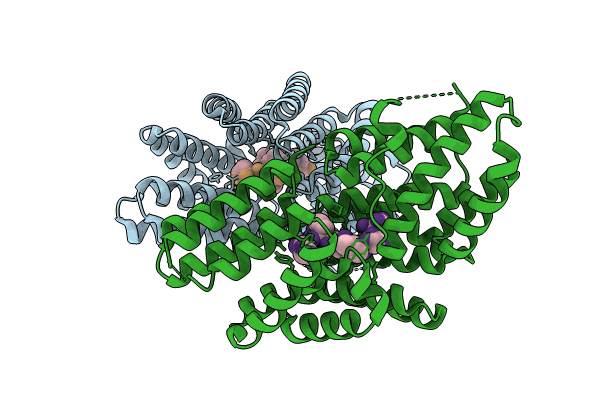
Deposition Date
2024-01-25
Release Date
2024-07-24
Last Version Date
2024-08-28
Entry Detail
Biological Source:
Source Organism:
Bacillus phage phi105 (Taxon ID: 10717)
Host Organism:
Method Details:
Experimental Method:
Resolution:
2.40 Å
R-Value Free:
0.25
R-Value Work:
0.21
R-Value Observed:
0.22
Space Group:
P 1 21 1


